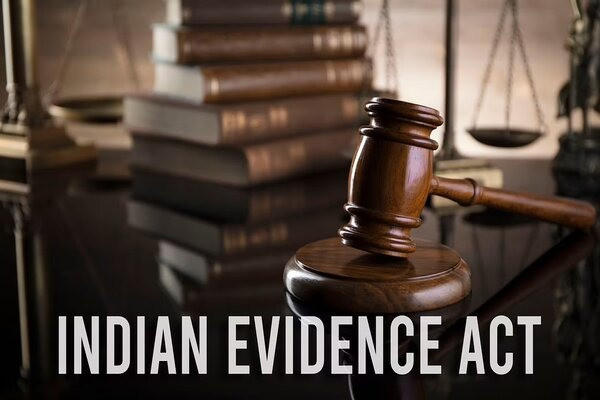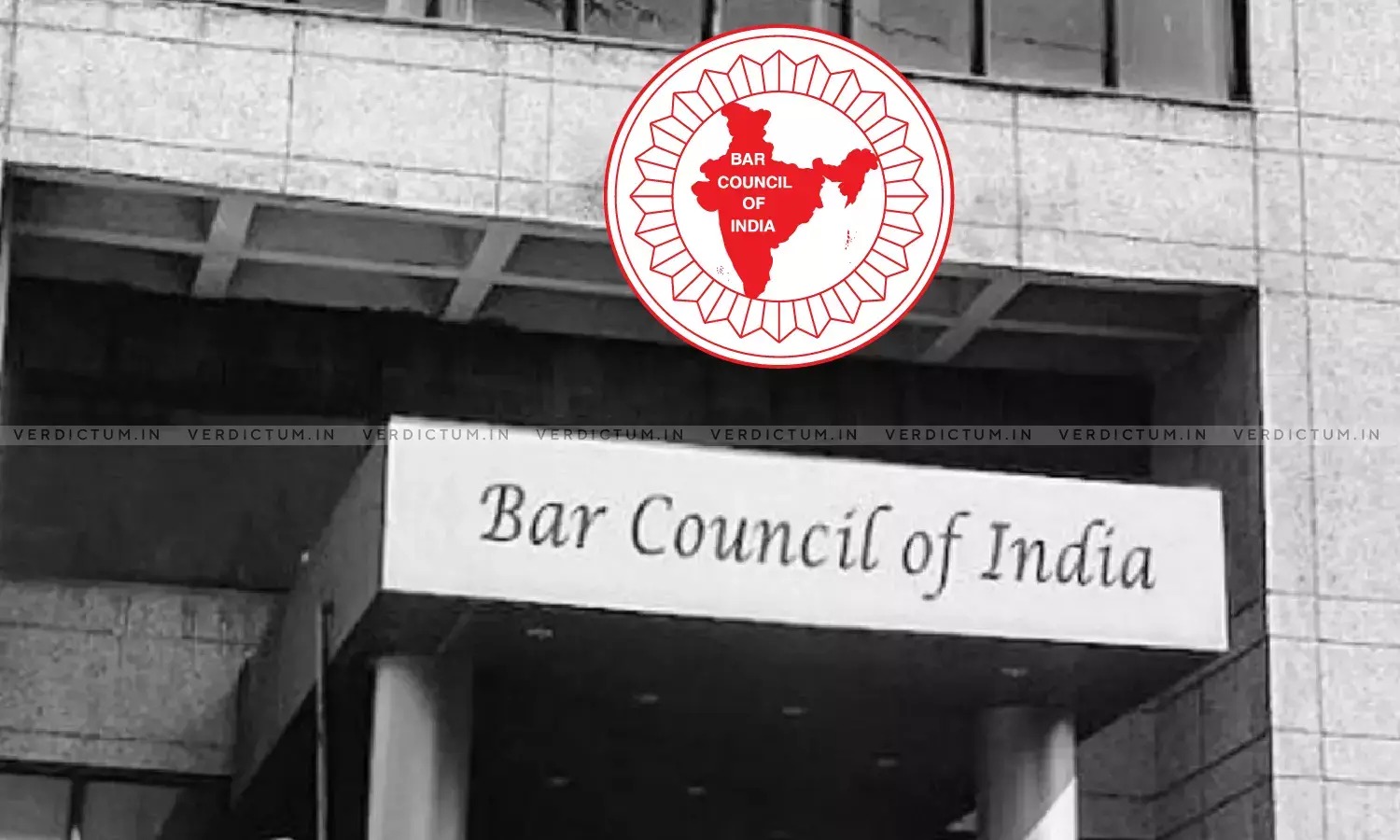T.K. Joseph, J.@mdashThe 2nd defendant is the appellant. Deceased Kochukutty Nadar whose heirs are defendants 1 to 3 had executed an otti deed Ex. A dated 26-1-1106 to the plaintiff, mortgaging with possession the property described in the plaint schedule. He purported to deal with the property as owner thereof, whereas he himself was only a mortgagee. The owner of the property obtained a decree in O.S. No. 410 of 1115 for redemption of a mortgage in favour of Kochukutty Nadar and took delivery of the property on 28-4-1117. The plaintiff allowed the decree-holder to recover possession of the property without depositing any amount. The plaintiff therefore instituted the suit on 7-2-1125 for recovery of the mortgage amount. The suit was resisted on the ground or limitation. The trial court dismissed the suit on this ground but on appeal the decree was reversed and the plaintiff was given a decree as prayed for.
2. The only question for decision in this second appeal whether the suit is barred by limitation. The plaintiff relies on S. 21 and Art. 119, Travancore Limitation Act, corresponding to S. 20 and Art. 132 of the Indian Limitation Act According to S. 21(2) the date from which limitation would begin to run is 28-4-1117 when the defendant was dispossessed in execution in O.S. 410 of 1115, as he was receiving the profits of the properties till that date. This position was not seriously disputed. The main controversy turned on the question as to which Article of the Limitation Act was applicable to the case. According to the appellants it is not Art. 119 but Art. 104, Limitation Act (Travancore) which provides a period of six years for a suit to recover compensation for the breach of a contract in writing registered.
3. The distinction between Art. 119, Travancore Act, and Art. 132, Indian Act, has been pointed out in various decisions of the Travancore High Court the earliest of which is - ''Sankaran Aiyappana v. Lekshmi Karthiyayani'', 11 Trav LR 74 (A). Article 119 applies to a suit-
to recover money or paddy due under a hypothecation bond or to enforce payment of money or any customary dues charged upon immovable property.
Article 132 refers to a suit to enforce payment of money charged upon immovable property. If the transaction in question is a hypothecation bond as contemplated in Art. 119, there is no doubt that the suit is within time as it is filed within twelve years of 28-4-1117.
Ext. A is a deed of otti which is neither a simple mortgage nor a usufructuary mortgage as defined in the Transfer of Property Act. It properly comes under the category of anomalous mortgages. While usufractuary mortgages do not impose a personal liability on the mortgagee the customary law of Travancore is that a person who borrows money on otti is personally liable for the amount as in the case of a hypothecation bond. In other words, all the elements of a hypothecation bond are present in an otti transaction and in addition possession of the property secured is given to the mortgagee so that he may take the profits in lieu of interest In view of the difference between the two Articles in the Travancore and Indian Acts the decisions under the latter Act on Art. 132 are not helpful in deciding this question. If Article 119 applied, the period of limitation for personal relief is the same as that against the property secured. The facts in - ''Sankaran Aiyappan v. Lekshmi Karthiyayani'', (A), were similar to the facts of this case. In considering Art. 109, Travancore Limitation Act II of 1062 corresponding to Art. 119, Travancore Act VI of 1100 and Article 132 of the Indian Act. Their Lordships held:
It has been frequently held that mortgagee has two remedies, one against the mortgagor personally on his registered bond, which may be enforced within six years and the other on the mortgage deed against the property charged with the debt to which the twelve years'' rule of limitation applies. In a decision of Her Majesty''s Privy Council reported in - ''Ram Din v. Kalka Prasad'', 7 All 502 (B), their Lordships construed Article No. 132 of the Limitation Act in force in British India to apply to suits brought to recover a mortgage debt from the property charged and not from the mortgagor personally. The Article runs thus.-"To enforce payment of money charged upon immovable property." The Article in the Travancore Limitation Act which corresponds with the Article quoted above is No. 109, but its language is widely different. It is as follows. "To recover money due under a hypothecation or to enforce payment of money or any customary dues charged upon immovable property." The words of the first clause are general and stand apart from the following clauses which are governed by the words "charged upon immovable property."
We understand it to apply to all suits brought to recover money due under a hypothecation, whether the remedy sought is to raise the money out of the hypothecated property or not. Any other construction of the language of the Article would lead to an obvious absurdity, for a hypothecation creates a charge upon immovable property, and a charge upon immovable property includes a hypothecation. The Legislature, by introducing the first clause, must be taken to have contemplated suits based upon a hypothecation as distinguished from suits brought "to enforce payment of money charged upon immovable property" and has brought such suits within the twelve years'' limit whatever the actual remedy sought may be. What applies to a hypothecation must of course apply to a mortgage, which is not specifically mentioned in this Article or any other Article in the Regulation.
It follows then that plaintiff''s suit was within time, the twelve years'' time allowed by Article No. 109 not having run out when it was instituted. The remedy against the debtor personally which a mortgagee could enforce formerly after the lapse of six years having been extended to twelve years by the present Regulation, the view taken by both the lower courts is wrong.
4. This decision was followed in - ''Subramania Pillai Arunmukhom Pillai v. Kuttalam Pillai Subbiah Pillai'', 27 Trav LJ 747 (C) and - ''Lekshmi Pillai Gouri Kutty Amma v. Pawathi Pillai Ponnamma Pillai'', 1949 Trav LR 208 (D). These in my opinion lay down the law correctly that the period of limitation for personal remedy against the mortgagor in an otti transaction under similar circumstances is twelve years from the date of dispossession, under Art. 119 of the Travancore Limitation Act. This is the view taken by the lower appellate Court. In this view, the suit is within time and the decree of the lower appellate court has to be confirmed. The second appeal is therefore dismissed with costs.

